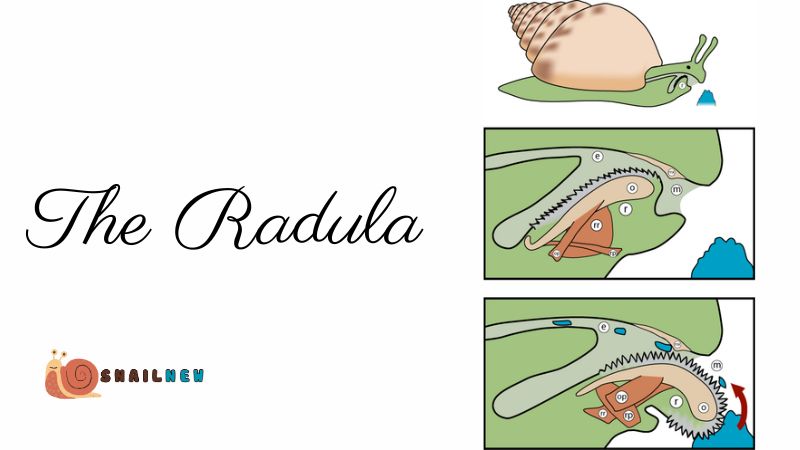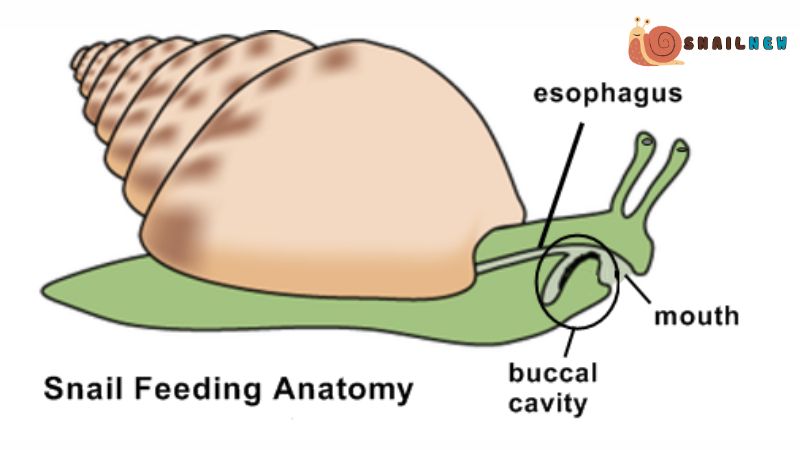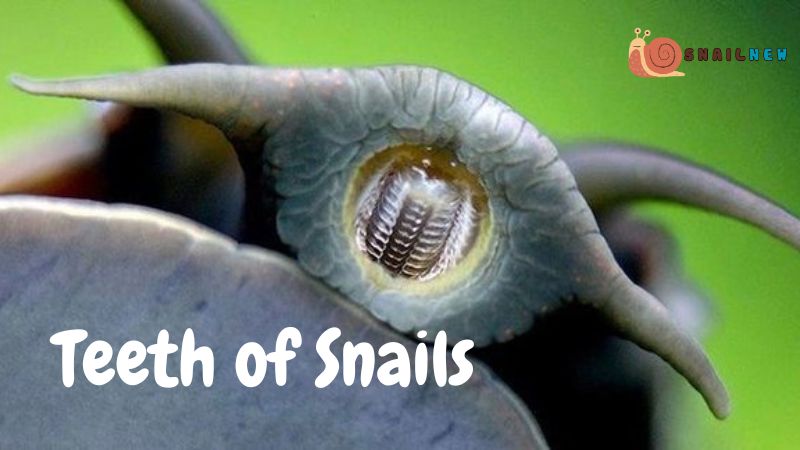In the vast tapestry of the animal kingdom, the snail emerges as a creature of captivating intrigue, not merely for its iconic spiral shell but also for the intricacies concealed within its oral cavity. Central to the snail’s feeding mechanism lies a structure of unparalleled complexity known as the radula, often colloquially referred to as the “teeth of snail.” This intricate organ, adorned with an array of diminutive tooth-like structures called denticles, plays a pivotal role in the snail’s alimentary processes. Embarking on a journey by Snailnew into the depths of this remarkable adaptation unveils a narrative woven with evolutionary ingenuity and ecological significance.
Table of Contents
ToggleThe Radula: Nature’s Masterpiece of Adaptation
Nestled within the confines of the snail’s mouth, the radula unveils itself as a marvel of biological engineering. This elongated ribbon-like structure, reminiscent of a finely crafted conveyor belt, serves as the primary tool for procuring sustenance. Comprising the teeth of snail, the radula’s architecture mirrors the evolutionary trajectory of the mollusk lineage, embodying the culmination of millions of years of selective pressures and ecological interactions.

A Multifaceted Instrument for Nutritional Acquisition
The versatility of the radula extends beyond mere functionality, encompassing a spectrum of feeding strategies tailored to the snail’s dietary preferences and environmental niche. Whether foraging on tender foliage or scavenging upon decaying matter, the teeth of snail, arranged meticulously along the radular ribbon, execute a symphony of scraping, shredding, and grinding motions. This orchestrated ballet of dental dexterity enables snails to extract sustenance from a myriad of substrates with remarkable efficiency.
Specialized Adaptations for Dietary Diversity
Intriguingly, the morphology of the radula and the arrangement of its constituent denticles exhibit a striking degree of variability among different species of snails. For herbivorous snails, characterized by their penchant for plant matter, the radula may bear densely packed denticles, finely tuned for delicately scraping algal films or leaf surfaces. Conversely, carnivorous counterparts boast radulas adorned with robust denticles, aptly designed for seizing and subduing prey. Such specialized adaptations underscore the evolutionary imperative of dietary specialization in shaping the dental architecture of snails.

An Evolutionary Odyssey Unveiled
The evolutionary trajectory of the radula and the teeth of snail stands as a testament to the inexorable forces of natural selection and ecological divergence. Across epochs and continents, snails have navigated the ever-changing landscape of evolutionary pressures, sculpting their feeding apparatus to exploit diverse ecological niches. From the brackish marshes to the verdant forests, the radula persists as a quintessential emblem of evolutionary ingenuity, embodying the timeless adage of adaptation and survival.
Feeding Mechanics Unraveled
The orchestration of feeding unfolds as a finely choreographed ballet, orchestrated by the rhythmic contractions of muscular tissues and the precise movements of the radula. With calculated finesse, the snail extends its radula outward, delicately grazing the substrate in search of sustenance. The teeth of snail, poised along the radular ribbon, exert gentle yet resolute pressure, facilitating the retrieval and comminution of food particles. This intricate interplay of biological machinery underscores the inherent elegance of the snail’s feeding strategy.

Harnessing the Power of Mucus
In tandem with the radula, the snail harnesses another remarkable adaptation: mucus production. As the radula traverses the substrate, it secretes a viscous film of mucus, serving as both a lubricant and an adhesive. This mucosal matrix not only facilitates the movement of the radula but also aids in the entrapment of food particles, ensuring their efficient ingestion and subsequent digestion. The symbiotic relationship between the radula and mucus epitomizes the adaptive synergy inherent within the snail’s feeding apparatus.
Defensive Strategies Unveiled
Beyond its role in nutrition, the radula assumes an additional function as a defensive weapon against potential threats. Certain species of snails can employ their radula defensively, delivering rasping bites to deter predators or competitors. The serrated edges of the teeth of snail, honed by evolution, serve as formidable deterrents, inflicting damage upon would-be assailants. This dualistic nature of the radula underscores its multifaceted role in the ecological theater of snail survival.
Regeneration and Maintenance:
Nature’s Endless Cycle In the perpetual cycle of growth and renewal, the radula stands as a testament to the resilience of biological systems. As old denticles succumb to wear and tear, new generations emerge to assume their rightful place along the radular ribbon. This ongoing process of regeneration ensures the perpetuity of the snail’s feeding apparatus, safeguarding its efficacy in the face of environmental challenges.
Teeth of Snail Conclusion
The radula, with its intricate arrangement of denticles, epitomizes the pinnacle of biological innovation. As the cornerstone of the snail’s feeding strategy, it embodies the evolutionary triumph of adaptation and specialization. From the lush undergrowth to the murky depths, the teeth of snail stand as silent sentinels of ecological resilience, underscoring the intricate interplay between form and function in the natural world. In unraveling the mysteries of the radula, we glimpse the boundless potential of evolutionary exploration and ecological adaptation.
Related Posts:
- Do Snails Bite? Demystifying the Misconception
- Do Snails Have Mouths? Exploring the Remarkable…
- Exploring the Intriguing Anatomy of Snails: Nature's…
- The Remarkable Adaptations of the Snail Without a Shell
- Do Snails Have Hearts? Unveiling the Intricacies of…
- What Color Are Snails? Exploring the Colorful World…


